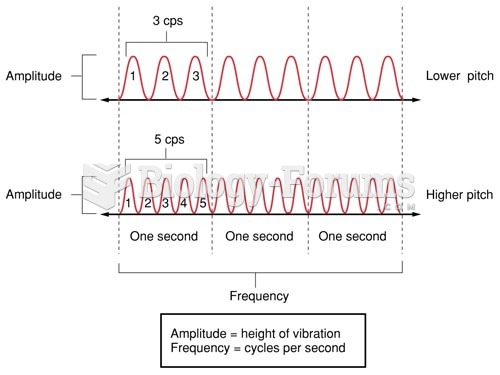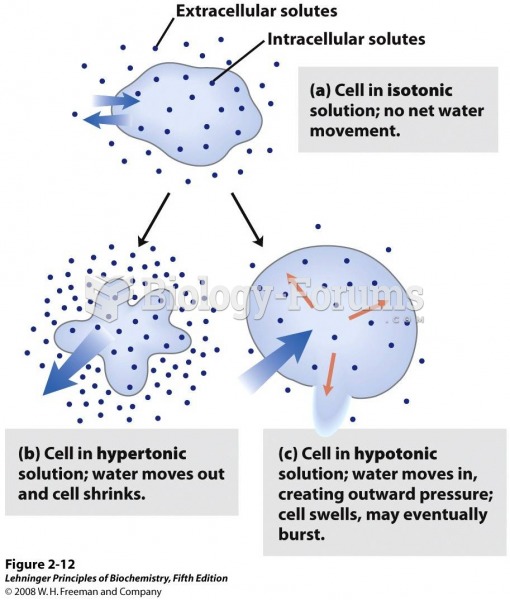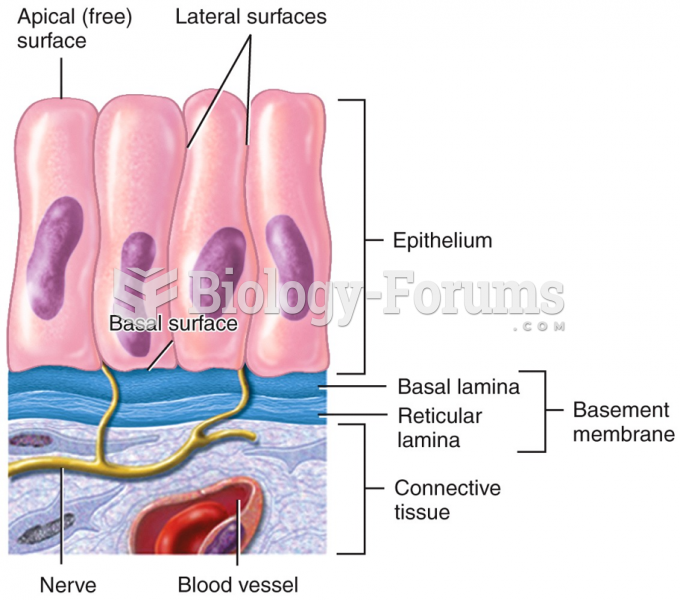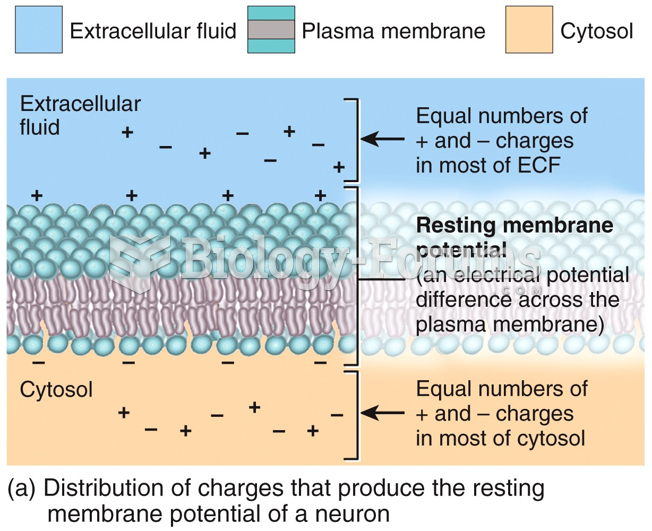|
|
|
Prostaglandins were first isolated from human semen in Sweden in the 1930s. They were so named because the researcher thought that they came from the prostate gland. In fact, prostaglandins exist and are synthesized in almost every cell of the body.
Increased intake of vitamin D has been shown to reduce fractures up to 25% in older people.
Earwax has antimicrobial properties that reduce the viability of bacteria and fungus in the human ear.
More than 4.4billion prescriptions were dispensed within the United States in 2016.
Ether was used widely for surgeries but became less popular because of its flammability and its tendency to cause vomiting. In England, it was quickly replaced by chloroform, but this agent caused many deaths and lost popularity.







